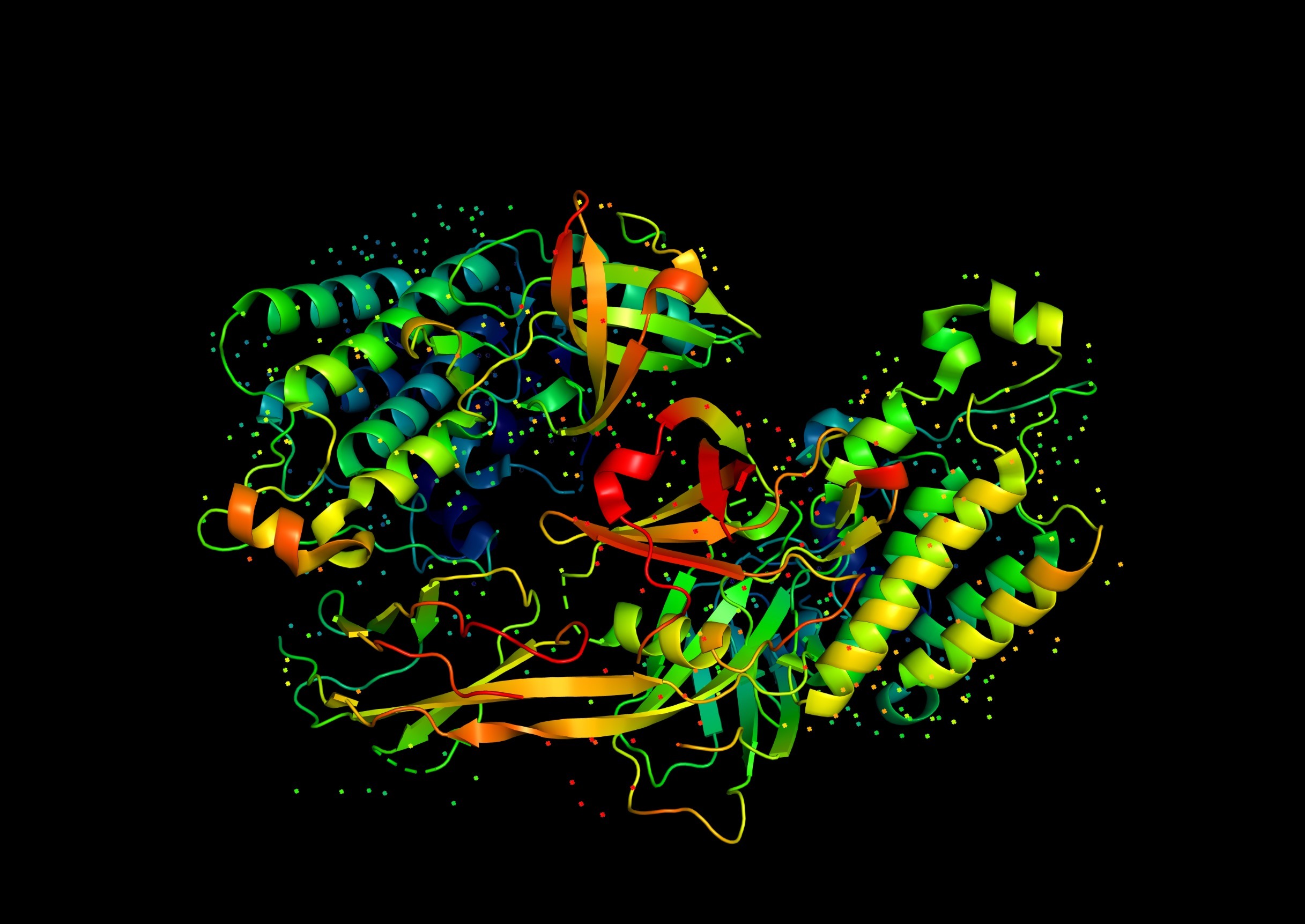
Protein refolding refers to the process of restoring the three-dimensional shape of a protein that has been unfolded or denatured. Proteins are large molecules that play crucial roles in many biological processes, such as catalyzing chemical reactions and transmitting signals within cells. However, their functions are highly dependent on their three-dimensional structure, which can be disrupted by various factors, such as heat, chemicals, or changes in pH.
When a protein loses its structure, it becomes unfolded or denatured, which can lead to loss of function or even degradation. Protein refolding is therefore a critical process for restoring the activity and stability of proteins that have been damaged or produced in an unfolded state.
The process of protein refolding can be complex and challenging, as it involves numerous factors that can influence the final outcome. Some proteins can refold spontaneously, while others require the assistance of chaperones or other proteins that facilitate the correct folding pathway. In addition, the choice of refolding method and conditions can greatly affect the success rate and efficiency of the process.
One common method for refolding proteins is dialysis, which involves slowly dialyzing the denatured protein in a solution containing the appropriate refolding buffer. This method allows the protein to gradually refold into its correct structure, while minimizing the risk of aggregation or misfolding. Another commonly used method is the addition of denaturants, such as urea or guanidine hydrochloride, which disrupt the non-covalent interactions that maintain the protein structure. Once the denaturants are removed, the protein can refold into its correct structure.
In some cases, proteins may require the assistance of chaperones or other helper proteins to refold correctly. Chaperones are specialized proteins that can bind to unfolded or partially folded proteins and prevent them from aggregating or misfolding. They can also facilitate the correct folding pathway by providing a protected environment or by providing energy to drive the folding process.
Other methods for protein refolding include the use of detergents, temperature cycling, or the addition of chemical chaperones, such as osmolytes or small molecules that can stabilize the protein structure.
Protein refolding is an important process in biotechnology, as it allows for the production of recombinant proteins in large quantities for therapeutic or industrial purposes. However, the success rate and efficiency of protein refolding can vary greatly depending on the protein of interest and the refolding conditions used.
Protein refolding is a complex and challenging process that involves numerous factors that can influence the final outcome. Successful protein refolding requires careful consideration of the protein of interest, the choice of refolding method and conditions, and the use of chaperones or other helper proteins when necessary. Despite the challenges, protein refolding remains a critical process for restoring the activity and stability of proteins that have been damaged or produced in an unfolded state.
Leave a Reply